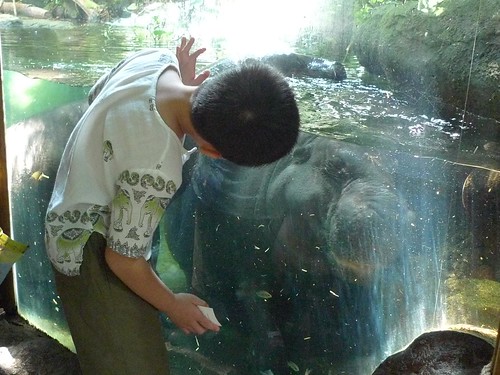Human beings are naturally curious creatures.
Babies have an insatiable interest in whatever’s happening around them. They will see, hear, feel, smell, taste and even swallow their world.
Kids have a boundless inquisitiveness. They are known to ask questions – while wearing their parents down – about everything under the Sun.
Teens are naturally intrigued by the lure of exploration and discovery. Many of the most popular online games are centred on the themes of solving mysteries while accumulating credits.
Even adults have a natural “kaypohness” about them. Ever noticed how many drivers will slow a car down when passing an accident scene, or cock their heads to peek at a police car with lights flashing?
The strange thing however is that many marketers – and I’m guilty as charged here – prefer to take the safe and easy road in purveying our wares. Hard pressed for time and results, we’d rather do a straightforward, in-your-face, hardselling advertisement that leaves nothing to the imagination.
Peppered with the usual mandatories – sales, lucky draws, freebies, coupons – many of our advertisements are beacons of buzzwords. “FREE”, “NOW”, “ONE-FOR-ONE”, “WHILE STOCKS LAST!” and the ubiquitous “SALE” are some of the more pernicious phrases commonly found on our marketing collaterals.
Intensely focused on our bottomlines and KPIs, much of our marketing is like a 100 metre dash. We want to get from point A to point B as fast as possible, without any obstacles in the way.
The irony, however, is that we have taken the fun out of the whole process for our customers. By giving the whole game away, we have snuffed out the romance, mystique, intrigue, and allure of consumption. Must everything be so straightforward and easy? Where is the thrill of the chase?
Look at Apple. By shrouding their product development process in secrecy, they have managed to whet the appetite of a global fanbase. Steve Jobs is a master of mystery, weaving his wand like a magician on stage while enchanting and entrancing his audiences.
Another example hails from the wizarding world of Harry Potter (now a major theme park). By slowly releasing book after book, movie after movie, and finally a fully glorious 3D thematic experience, J K Rowling and her associates know the power of tapping on one’s curiosity.
Naturally, curiosity marketing requires a fair amount of planning, preparation and scripting. It entails the necessity of exploring what’s different, special, weird, out-of-whack, or unconventional. It demands one to be bold and daring in determining where the elements of surprise can be injected into one’s campaign, layer by layer, piece by piece.
The next time you consider launching a full-scale advertising assault on your hapless customer, do ponder about the possibilities of getting them involved in a game perhaps. Pique their interest, entice them, and game them if you may. Provide clues that they can solve and get them so entrenched in exploring your world that parting with their cash is no longer painful.
Easier said than done, I suppose. However, I’m gonna try this approach soon. Will you join me?

